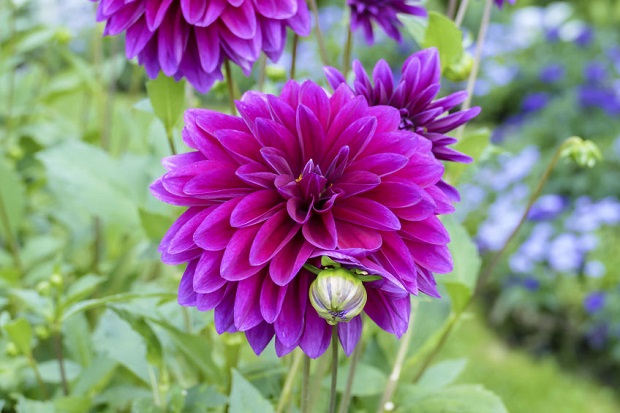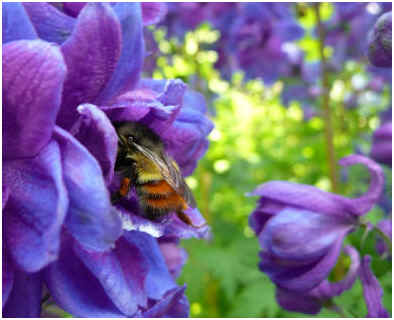
What Is the Tulip’s Scientific Name?
The tulip belongs to the genus Tulipa. It is a member of the lily family Liliacecae. Tulipa gesneriana is a common variety grown in gardens.
Tulip Subdivisions
Tulips are separated into 15 subdivisions, of which over 1500 species and hybrid cultivars are currently classified. Tulip subdivisions are based on bloom time and form.
Single Early: The earliest of the tulips to bloom. They come in a variety of colors and are sweet-smelling. Their strong, hardy stems make them the perfect choice for harsher conditions.
Double Early: Unlike most tulips that have six petals, the double early tulips are often characterized by more than double that amount. They have short, sturdy stems with long-lasting blooms.
Triumph: Considered by many to be the best class of tulips for indoor forcing, these flowers come in a myriad of colors and have a long vase life.
Darwin Hybrid: The tallest of the tulip classes, along with the single late tulips, the Darwin hybrid comes in a variety of colors and has large, brilliant flowers.
Single Late: The latest to bloom of all tulip varieties, the single late tulips come in the widest variety of colors. They are also the tallest tulips, along with the Darwin hybrid varieties.
Lily-flowered: So named due to its resemblance to the lily flower, these tulips are unique in appearance compared to what we commonly think of as a traditional tulip. These tulips are late bloomers.
Fringed: Long-lasting blooms, the fringed tulips are unique in that the petals resemble a traditional tulip with the addition of fringed ends.
Viridiflora: Viridis, Latin for green, these flowers are so named for the green streaks that adorn the petals of all colors. They are prized for the length of bloom time.
Rembrandt: Interestingly, the magnificent stripes of the Rembrandt tulips were originally so unique due to a virus that ultimately infected the plant. Today’s varieties are still unique but have been bred to be virus-free.
Parrot: The very large, brightly colored petals characterize the Parrot tulips. Mutations of a variety of tulips vary in bloom time and height.
Double Late: Looking very much like peonies, the double late tulips bloom later in the season and perform well for an extended period.
Kauffmanniana: Some of the earliest to bloom, these tulips are low growing and will multiply if cared for properly.
Fosteriana: Often referred to as emperor tulips, this variety boasts some of the largest flowers. They are an early-blooming variety.
Griegii: Another short variety, Griegii tulips bloom early with large, showy blooms in a variety of colors that are often two-toned or streaked.
Other Botanical: The last variety is simply a catch-all phrase for the remainder of the species that do not fit into any of the other subdivisions.
Resources
[1] “Floridata: Tulipa spp..” Floridata. N.p., n.d. Web. 23 May 2011. http://www.floridata.com/ref/T/tulip_spp.cfm
[2] “Tulips: Introduction.” The Plant Expert. N.p., n.d. Web. 23 May 2011. <http://www.theplantexpert.com/springbulbs/ TulipIntro.html>





